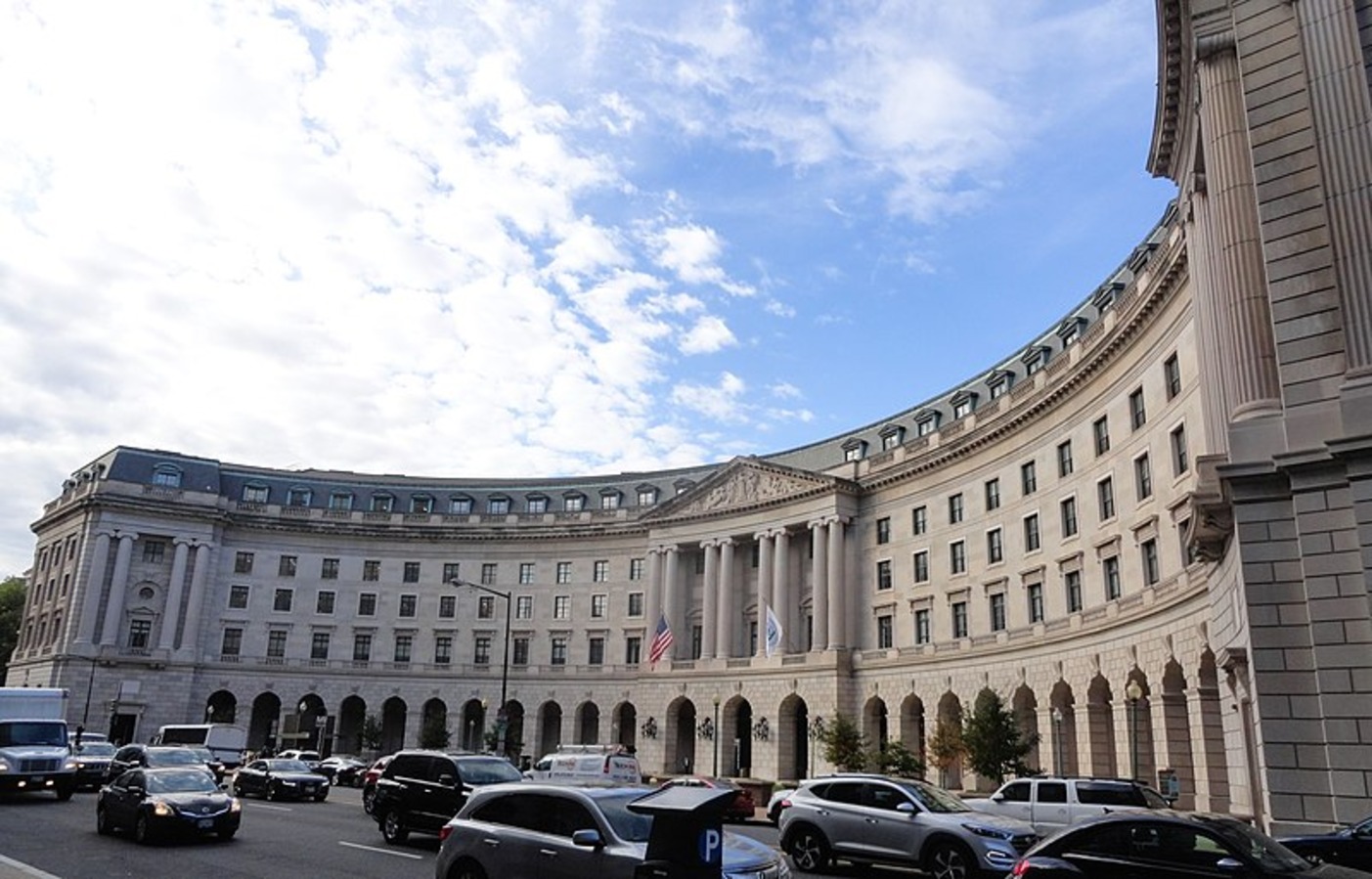Environmental Protection Agency
The Environmental Protection Agency (EPA) is a federal agency responsible for protecting human health and the environment by enforcing regulations and setting standards for air, water, and land quality.
The Environmental Protection Agency (EPA) is a federal agency responsible for protecting human health and the environment by enforcing regulations and setting standards for air, water, and land quality. Established in 1970 by President Richard Nixon, the EPA was created in response to growing concerns about pollution and its impact on public health and the environment. Over the years, the EPA has played a crucial role in regulating the use of chemicals and materials in various industries, including those used in personal care products.
The EPA’s Roles and Responsibilities
The primary responsibility of the EPA is to ensure that Americans are not exposed to harmful environmental toxins. This includes regulating the production, distribution, and disposal of chemicals that could pose a risk to human health. The agency sets standards for clean air and water, monitors pollution levels, and enforces laws that limit the release of harmful substances into the environment. The EPA also conducts research on environmental health risks, educates the public about potential dangers, and works with industries to develop safer practices.
One of the EPA’s key roles is regulating chemicals through the Toxic Substances Control Act (TSCA). This law gives the agency the authority to review and regulate new and existing chemicals to prevent harmful exposures. In the context of personal care products, the EPA works to ensure that ingredients used in these products do not harm consumers or the environment.
Shortcomings of the EPA
While the EPA has made significant strides in protecting public health, it has faced criticism for certain shortcomings. One notable example is the agency’s handling of asbestos regulation. Despite evidence of asbestos’s deadly effects, the EPA’s efforts to ban the substance have been met with legal and political challenges, resulting in ongoing exposure risks. The agency’s slow response to the Flint water crisis, where residents were exposed to high levels of lead in their drinking water, is another example of where the EPA fell short. The delayed action led to a public health crisis that had lasting effects on the community.
Positive Contributions of the EPA
Despite its shortcomings, the EPA has made numerous positive contributions that have saved lives and improved public health. The Clean Air Act, enforced by the EPA, has significantly reduced air pollution, preventing thousands of premature deaths and respiratory illnesses. The agency’s work in regulating pesticides has also reduced the exposure of harmful chemicals to both consumers and the environment. The EPA’s enforcement of the Clean Water Act has led to cleaner rivers, lakes, and drinking water, directly benefiting public health.
The EPA also plays a vital role in climate change initiatives, working to reduce greenhouse gas emissions and promote sustainable practices. The agency’s collaboration with industries to develop safer chemical alternatives has helped reduce the presence of toxic substances in everyday products, including personal care items.
Collaboration with Other Agencies
The EPA collaborates with other government agencies, such as the Food and Drug Administration (FDA) and the Centers for Disease Control and Prevention (CDC), to ensure comprehensive protection of public health. For example, the EPA works with the FDA to regulate the safety of ingredients in cosmetics and personal care products. The agency also partners with the Occupational Safety and Health Administration (OSHA) to protect workers from exposure to harmful chemicals in the workplace.
In conclusion, the EPA plays a critical role in protecting Americans from environmental toxins. While the agency has faced challenges and criticism, its efforts have led to significant improvements in public health and environmental safety. By continuing to enforce regulations and collaborate with other agencies, the EPA remains a vital part of safeguarding the well-being of the American public.
References:
EPA Official Website
The Clean Air Act
Toxic Substances Control Act (TSCA)

